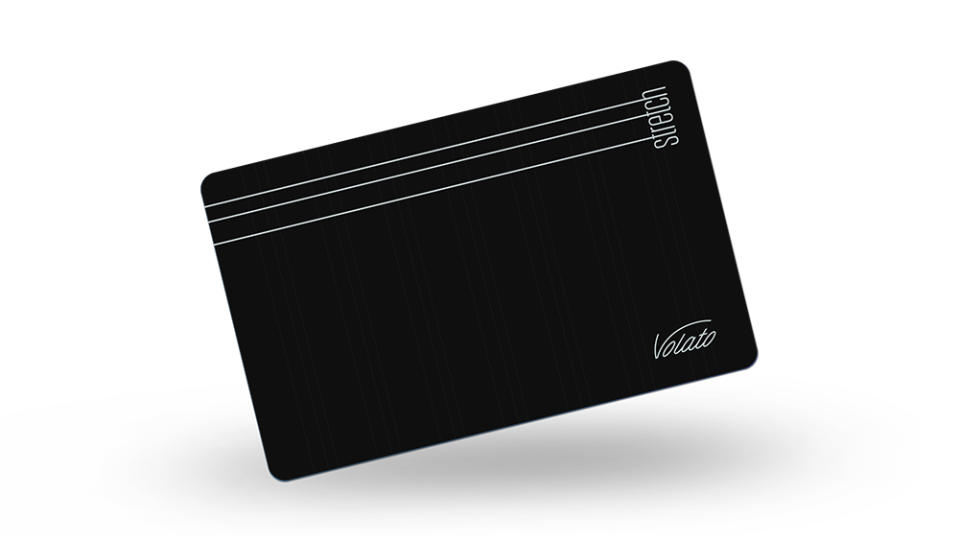Why Private-Jet Cards Are Hitting Some Turbulence

It has been a topsy-turvy time for jet cards, one of the most popular forms of booking a private aircraft. Less expensive than fractional ownership and more consistent than on-demand charter, 20 new jet-card offerings have been introduced since the pandemic hit in 2020. “Folks who fly privately tend to be busy,” says Doug Gollan, president of Private Jet Card Comparisons. “The fixed-rate, guaranteed-availability cards make it easy: A call, text, email, or use the app, and bang—you’re booked in less than a minute.”
From the lone Sentient Jet Card introduced 25 years ago, the number of programs has skyrocketed to more than 80. But during 2021 and much of 2022, as private aviation experienced record demand and a chronic shortage of available aircraft, 30 companies paused aspects of their cards or ceased selling them altogether for fear of not being able to service existing clients. The most famous was industry giant NetJets, which put its entire card program on hold in August 2021 and only recently resumed sales. Seven others, including big names such as Jet Aviation and Silver Air, still have their fixed-rate, guaranteed-availability card platforms grounded.
More from Robb Report
The Yachting World Has Been Slow to Embrace Fractional Ownership--Here's Why
The New Food Fight? Private Jets Are Racing to Serve Cuisine Made by Michelin-Starred Chefs
Magellan Jets also experienced this simultaneous popularity boom and delivery bust. It kept its card programs aloft during the height of the pandemic, as many providers did, by changing the rules: pushing back guaranteed access from 8 hours to 72, increasing minimum flight times from one to two hours, and blacking out Mexico and the Caribbean as primary service areas.
“It was all about minimizing risk,” says Magellan Jets president Anthony Tivnan. “If a jet had a flat tire or cracked windshield, it could be out of commission for days, if not weeks. The goal was to keep as many aircraft flying as possible,” he adds. Yet despite the restrictions and constant service interruptions, clients kept buying. From 2020 through 2022, Magellan saw a growth of 65 percent in new cards, with renewals up 75 percent.
Many customers gravitated to the fixed-rate cards because on-demand charter, with its dynamic pricing, was chaotic. “Charters were everywhere—the same flight cost $30,000 one week and $13,000 another,” Gollan says. “Some programs start at 10 hours, so people bought those for one trip to lock in the price and availability.”

Before the frenzy, a half-dozen firms introduced new card offerings. Amalfi Jets launched its program in August 2020, employing a white-glove approach with chauffeured black SUVs, complimentary catering, a 23-country service area, and even flying a staff member to different private airports around the country to meet clients before their flights. “If someone pays $50,000 for a flight, we want to make sure the experience is seamless,” says CEO Kolin Jones. The LA-based start-up, its clients primarily Hollywood studios, was able to survive the Covid chaos.
Other providers took more unconventional tacks. Start-up Volato introduced a capped hourly rate for flying its regional HondaJet fleet, but without guaranteed availability. “It’s a more optimal way to run a fleet,” says CEO Matt Liotta. “Clients get a credit by being flexible with departure times.”
FlyExclusive uses its fleet of over 90 aircraft, including the world’s second-largest fleet of Cessna Citation jets, to service its Jet Club card members. “We fly 99.6 percent of members on our airplanes, so we aren’t subject to the whims of the market,” says its CEO, Jim Segrave. “We see cards as a way to lock in long-term clients. They’d prefer not to negotiate prices every single trip.”
But the number of new players has also muddied the waters. “It’s a less one-size-fits-all world, with many nuanced variations,” says Gollan. “A provider that works well for short flights isn’t always cost-effective for long flights. Some guarantee Wi-Fi, others don’t. Cancellation terms vary.”
Andrew Collins, co-CEO of Flexjet, of which Sentient is a leading private-jet-card brand, expects to see even more firms with new offerings, thanks to the growing supply of available aircraft—though he says the market has not yet returned to its pre-Covid 2019 levels. “Some companies are beginning to act irrationally by either undercutting prices or adjusting terms and conditions,” he says. “There’s not enough information on the current or future market to determine whether or not this is wise.”
Despite some of the biggest names taking a hiatus from their card programs, and a dip in on-demand bookings, cards seem to be on a continued growth path. Gollan’s surveys show a year-over-year increase in activity, with 81 percent of his members planning to use a card in 2023, often with different types of aircraft. “It’s like having a convertible for Florida and an SUV for the lake house,” he says. “People often use multiple solutions based on needs.”
Best of Robb Report
The 15 Best Travel Trailers for Camping and Road-Tripping Adventures
The 2024 Chevy C8 Corvette: Everything We Know About the Powerful Mid-Engine Beast
Sign up for Robb Report's Newsletter. For the latest news, follow us on Facebook, Twitter, and Instagram.

